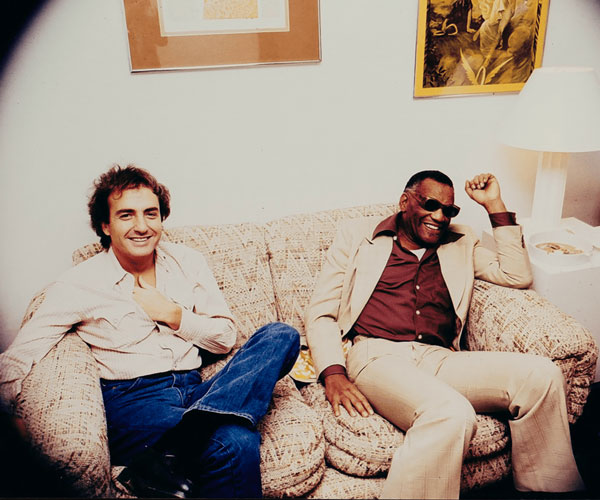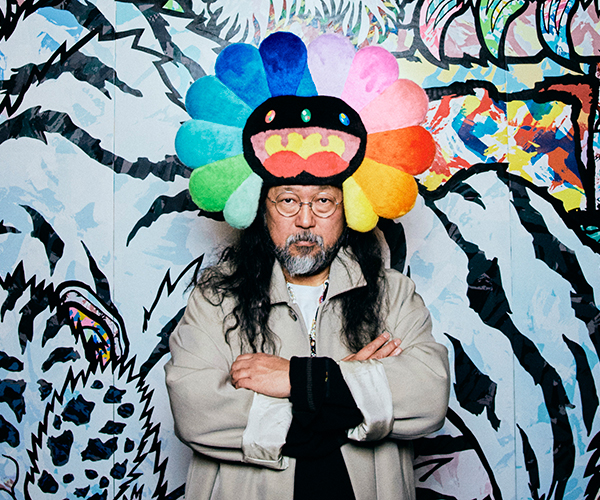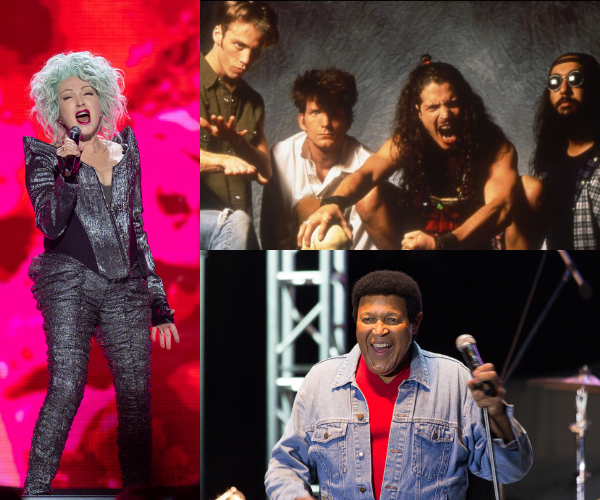The challenge, as Rafael Vinoly saw it, was to bring harmony to the Cleveland Museum of Art. More than a decade ago, the world-renowned architect dared the museum's leadership to tear down the twisting corridors and galleries that connected its two main buildings. Start over, he said.
The 1916 Building, with its classical columns and soaring ceilings, and Marcel Breuer's 1971 addition, stark in its brutalist modernism, were "two very different buildings that needed to be in harmony, when in reality they were never," Vinoly says. "They had suffered over many years of partial renovations or additions, a process of hiding behind each other."
Touring the collection with then-director Katharine Lee Reid further convinced Vinoly that the museum needed a radical renovation. The collection mesmerized him. "It's really the executive summary of the Met," he says. "It has the best of everything." He felt the art deserved a more unified home, a "more globalized way of seeing the museum, more than in pieces."
Cleveland has waited more than eight years to see Vinoly's vision realized. The art museum closed most of its galleries in 2005 to begin its $350 million expansion. Then it brought the collection back in stages: the Armor Court in 2008, modern and contemporary art in the new, Vinoly-designed East Wing in 2009. At last, in 2012, it opened the enormous new glass atrium, a year-round town commons, a bright refuge from winter and a celebration of the sun in summer.
"The atrium, fundamentally, tries to create this sense of collective ownership," Vinoly says. "It's not a place that you could say, 'It's 100 percent devoted to a museum.' It's a public room."
Now, Clevelanders can see the idea that drove Vinoly's plan. The atrium unites the museum and allows people to customize their visit. Nearly the entire history of Western art awaits if you go straight to the 1916 Building and make your way east. Modernists can go straight to the East Wing and plunge into impressionism's art revolution. Or, starting this month, you can embark on a transcontinental tour — to Africa, Asia and Native North America — by traveling clockwise from the 1916 Building through the new West Wing, which opens to the public Jan. 2, and expanded North Wing.
It's the best of times for the museum, right after the worst of times. The expansion has reached its last milestone as the museum recovers from a leadership crisis. Former director David Franklin's resignation, brought about by an affair with a former staffer, was the talk of the town this past fall. His departure continues an era of high turnover in the museum's top job. It also prompted the board of trustees to appoint Fred Bidwell as interim director and to embark on a nearly yearlong search for a new director to sustain the museum's momentum. Under Franklin, the museum embraced new interactive technologies that interpret the collection. With its massive annual summer Solstice party and monthly Mix events, it became a popular gathering place for young art lovers. It's reached beyond University Circle to form a partnership with the Transformer Station gallery in Ohio City.
As a collection, as a place, the museum is now united and grander than ever. It exudes a sense of cohesion and wholeness — something the institution's leadership can aspire to.
Mile
Stones
†' 2001
Selects internationally renowned architect Rafael Vinoly to design the expansion
†' 2005
Closes most of its galleries, puts its permanent collection in storage and breaks ground for the new East Wing
†' 2006
Shuts down completely for six months, then reopens the renovated 1971 addition, designed by Marcel Breuer, for special exhibits
†' 2008
Reopens the 1916 Building's main floor, including the Armor Court, while new exhibit space opens on the lower level of the East Wing and old wings are demolished
†' 2009
Opens the East Wing's upper level for modern and contemporary art
†' 2010
Reopens select galleries on the 1916 Building's lower level, including Egyptian art
†' 2012
Opens the new atrium, as well as the museum store, the Provenance restaurant and cafe and the rest of the galleries in the 1916 Building's lower level, including late medieval, Renaissance and Islamic art
†' 2013
Opens the North Wing galleries, including Japanese and Korean art, and the interactive Gallery One
†' Now
Completes the expansion with the opening of the West Wing galleries, including Chinese and Indian art



